The Appraisal
Willem de Kooning’s Late Works Were Once Undervalued. Not Anymore.
A major survey of the Abstract Expressionist just opened in Venice. Here's a look at his market profile.
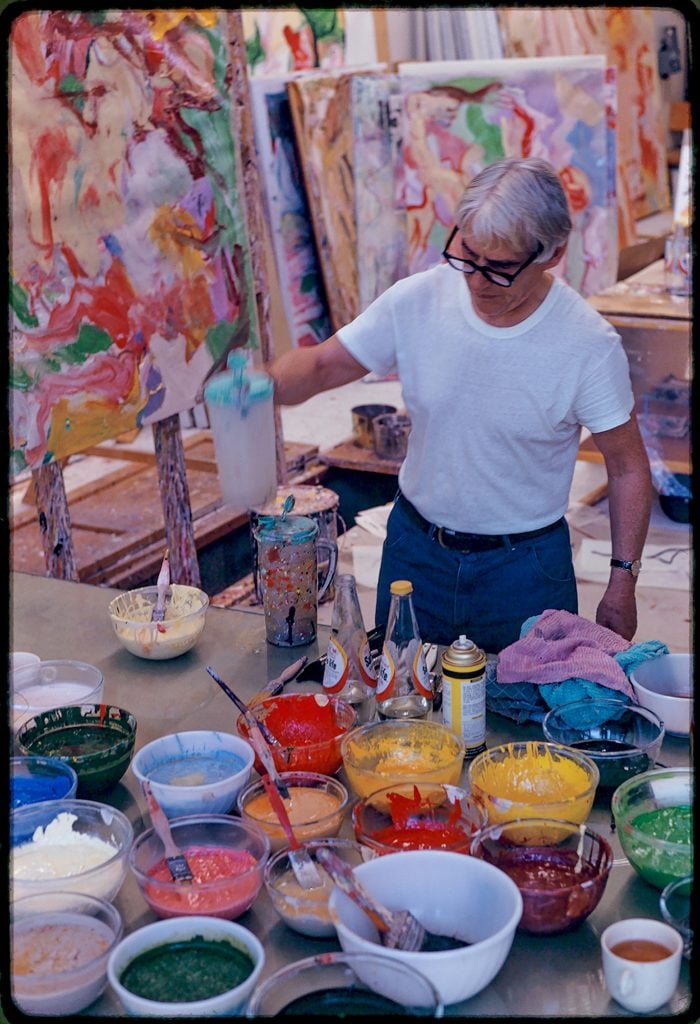
By the time that Willem de Kooning died in 1997, at the age of 92, he was firmly established as one of the 20th century’s greatest artists. A major show that opened at the Gallerie dell’Accademia in Venice today, alongside the Venice Biennale, is shining a light on one aspect of his remarkable career: two trips that the Dutch-born Abstract Expressionist made to Italy, in 1959 and 1969.
“I’ve been fascinated for years by the time de Kooning spent in Italy, mostly in Rome,” said Gary Garrels, the former SFMOMA senior curator who co-organized the show with Mario Codognato, the chief curator of the Madre museum in Naples. “The more I looked, the more I became convinced that these two periods in Rome were very important and that de Kooning had a longstanding interest in Italian culture and art.”
The Venice show features about 75 works on loan from prestigious institutions and private collections from all over the world, including paintings, drawings, and sculpture.
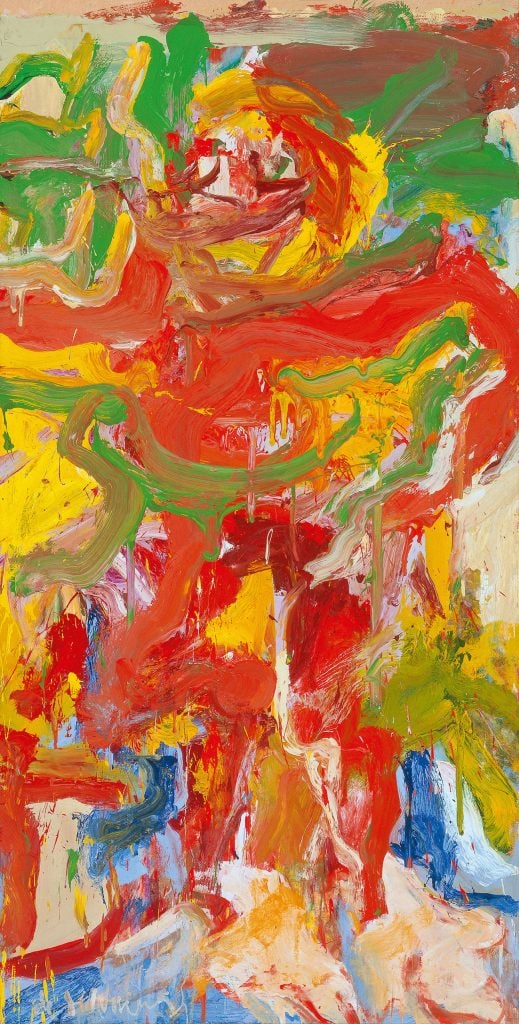
Willem de Kooning, Red Man with Moustache, 1971.
Museo Nacional Thyssen-Bornemisza, Madrid
© 2024 The Willem de Kooning Foundation, SIAE
“It’s really a very focused, tight survey of the last 30 years of his career, from the late 1950s through the ’80s,” said Garrels in a phone interview from Venice, where he was installing the show, which includes late works—from the 1970s and ’80s—that received less attention from collectors and critics until around a decade ago.
Below, a look at the de Kooning market.
The Context: Rising Demand Across The Board
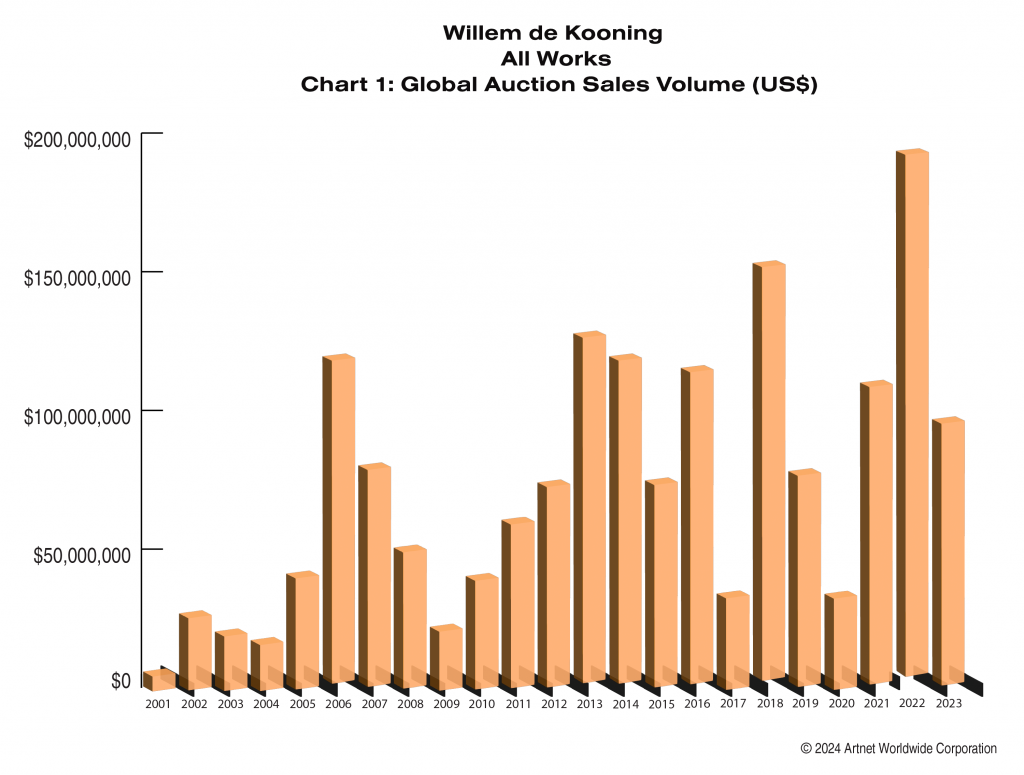
Willem de Kooning global auction sales volume chart
Auction record: $69 million for Woman as Landscape (1954–55), sold at Christie’s New York from the Barney Ebsworth Collection in 2018.
Performance in 2023
Lots sold: 95
Bought in: 22
Sell-through rate: 81 percent
Total sales: $97.9 million
Top painting price: $30.1 million, for Orestes (1947), at Christie’s New York
Lowest painting price: $214,200 for Abstract Still Life (1938)
Lowest overall price: $750, for Untitled (Two Figures), 1973, an offset lithograph on wove paper, number 34 from an edition of 100.
Expert View: Later works are in vogue. “I love that the curatorial attention is reflecting what the market has been seeing,” said Emily Kaplan, Christie’s senior vice president and co-head of its 20th-century evening sale. “It’s certainly the 1970s works predominantly, but also some select paintings from the 1980s that have achieved new heights in the past few years.”
Paintings from the 1970s have achieved between $20 million and $25 million at auction in the past few years, Kaplan said in an interview. Within the 1980s, she said, there is a slight preference for works created toward the start of the decade, particularly ones that are fully painted as opposed to those that appear unfinished. Notably, at Art Basel Hong Kong last month, Hauser and Wirth reported selling de Kooning’s Untitled III (1986) for $9 million.
Though de Kooning was highly prolific in the 1980s, his health began to decline and by 1987 he was showing signs of dementia. By 1989, he was declared incompetent by his lawyer John Eastman and his daughter, Lisa.
Kaplan compared de Kooning’s market to Warhol’s, whose 1960s pieces “were always and forever the important works. For de Kooning, the 1950s ‘Women’ are still considered the most important.” However, “as fewer and fewer works of that quality come up,” Kaplan added, “the market has to look for other opportunities to acquire the best of a series. So I think that opened up the 1970s between eight to ten years ago.”
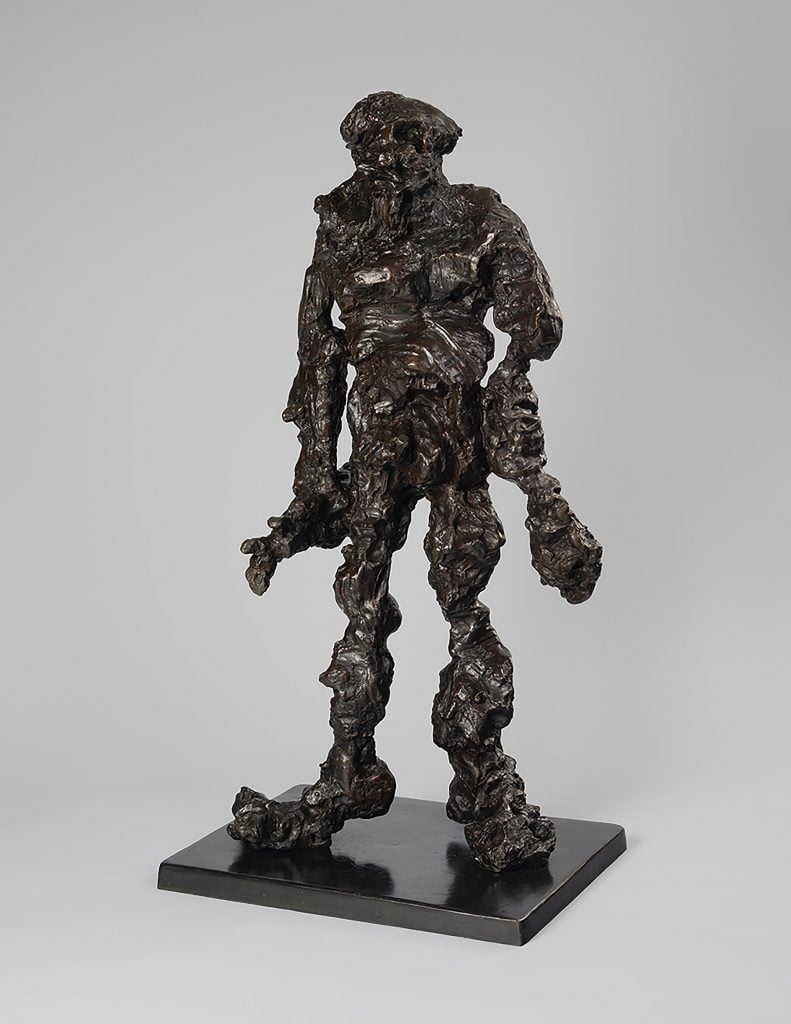
Willem de Kooning, Clamdigger, 1972. Bronze 591/2 x 254/5 x 21 1/4inches (151 x 63 x 54 cm). Purchase, 1979, Centre Pompidou, Paris Musée national d’art moderne/Centre de création industrielle/© 2024 The Willem de Kooning Foundation, SIAE
According to the Artnet Price Database, 2022 was a record year for de Kooning at auction, with $195.2 million of his art selling, more than double the 2023 figure. A total of 92 works sold in 2022, out of 120 offered. The highest price that year was a hefty $34.8 million for the painting Untitled III (1979).
Garrels told Artnet that he and Codognato got nearly every loan they asked for—no small feat, considering that the show came together in just under two years. “I think it will be a revelation,” he said of exhibition. “A lot of people don’t know he spent fall of 1959 and the summer of 1969” in Italy. “Many people don’t know abut the connection, and I hope we’ll shed some new perspective on the work and give people fresh insights.”
“While in Italy, he synthesized from all around him, experiencing both classical Italian art as well as the work of his Italian contemporaries, many of whom became friends,” according to a statement from the exhibition’s organizers. “Just as de Kooning’s New York environment worked its way into his paintings and drawings, it appears that the same occurred while in Rome—a gestalt of ‘glimpses.'”
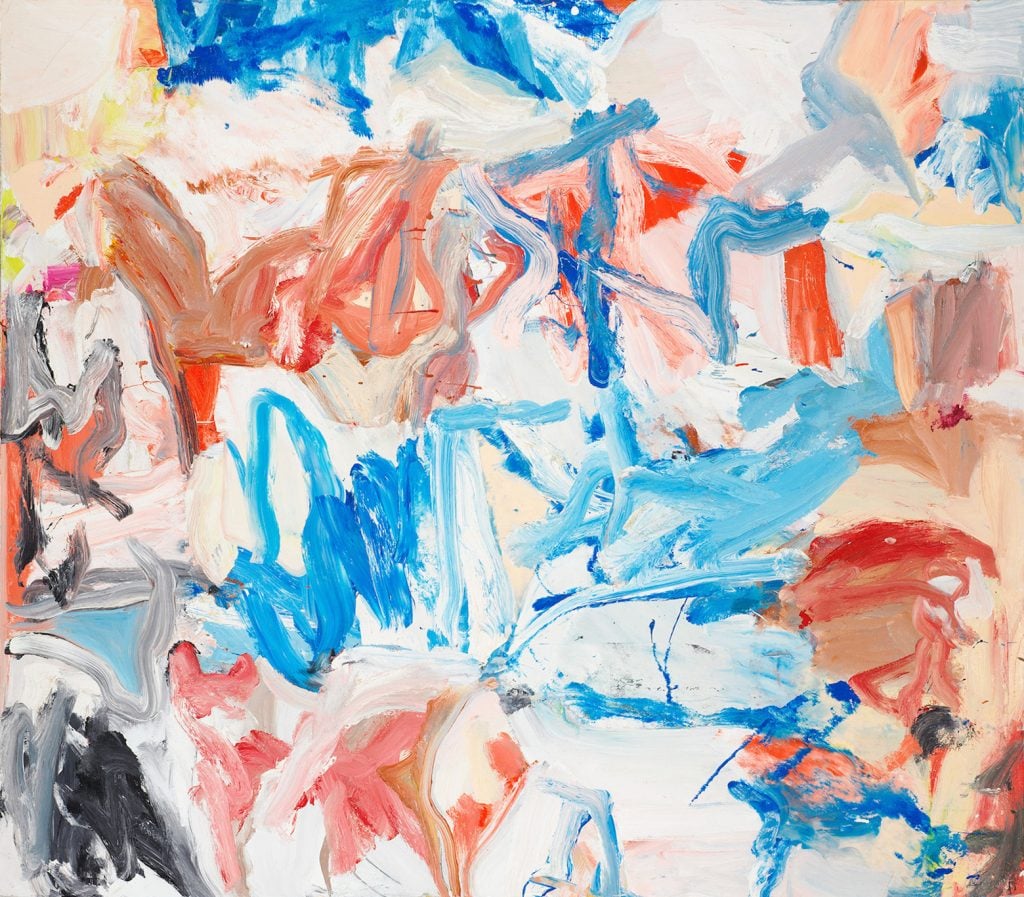
Willem de Kooning, Screams of Children Come from Seagulls (Untitled XX), 1975, Glenstone Museum, Potomac, Maryland, © 2024 The Willem de Kooning Foundation, SIAE
The Appraisal: While the uppermost auction results for de Kooning were all set for early works, there is an extremely solid, though not frothy, market for the later works, with momentum that has been building steadily over the last decade or so. They now go for solid seven-figure, or even eight-figure, prices.
Mega-dealer Larry Gagosian deserves some of the credit for building this market. In 2013, in order to raise $30 million for an endowment that would support educational initiatives, the Willem de Kooning Foundation decided to sell ten paintings through Gagosian. Instead of piecemeal private sales or auctions, the foundation sent the group for a show at the gallery’s Upper East Side branch, called “Willem de Kooning: Ten Paintings, 1983–1985.” It was organized by John Elderfield, a Gagosian consultant and former chief curator at the Museum of Modern Art, where he organized a landmark de Kooning retrospective in 2011.





